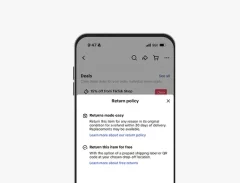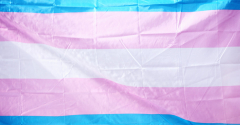Retailers using, or looking to use TikTok Shop, take note: TikTok has outlined its returns and refunds policy for all products sold in the app, which retailers need to abide by in listing their items in-stream.

And it’s pretty straightforward for the most part, designed to ensure that all in-app shoppers have a positive experience.
As per TikTok:
“Most items on the platform are eligible for return within 30 days of delivery, but some exceptions may apply. After you initiate your return, you will be provided with a convenient QR code or pre-paid return label. With the QR code option, you may not need a box or label: simply drop off the item at a designated location. Please note that return windows can vary by shop or item and may differ from the standard 30-day period. You can confirm the specific return timeframe on the product’s detail page.”
So there are exceptions (you can view TikTok’s full returns policy here), but sellers are expected to uphold TikTok’s core requirements for enabling responsive shopping, including those related to product replacements and refunds.
Though some items cannot be returned, particularly those that pose a safety or hygiene risk.
“Return eligibility must be clearly stated on the product detail page before you buy. If your item arrives damaged, defective or isn’t as described, we’ll make it right without the need to send the item back.”
Non-returnable products include:
- Grocery products, food, beverages and wellness/dietary supplements
- Pet food and treats
- Automotive and motorcycle parts
- Trading cards and collectibles
- Pre-owned luxury items
TikTok does also allow for certain “final sale” items which cannot be returned or replaced, which sellers need to confirm on the product detail page.
TikTok also notes that if an item arrives damaged or defective, consumers have a 90-day window to request a refund, while refunds are generally processed within 3 to 10 business days after a return is received.
TikTok shopping is still a relatively minor element of overall in-app engagement, but there are signs that more users are growing more comfortable with making purchases in the




